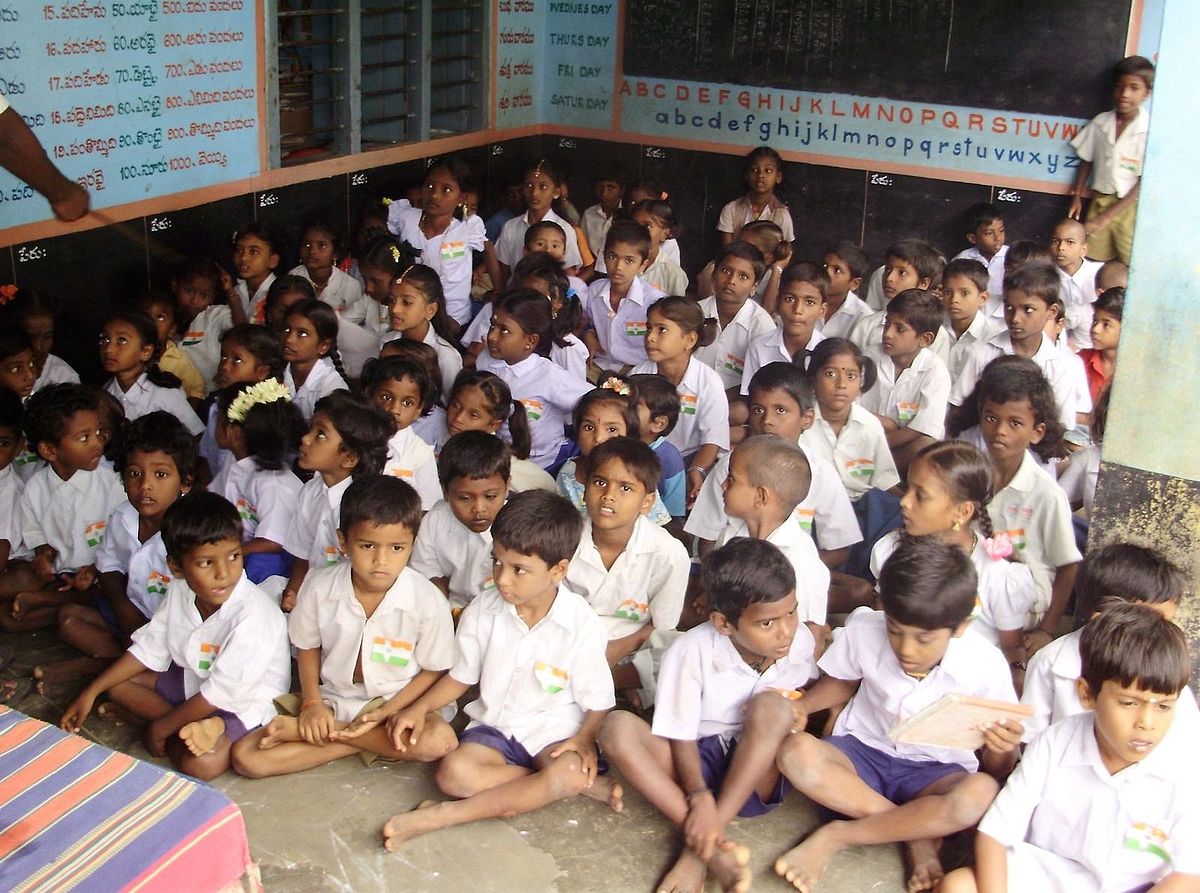9 primary schools in flood-affected areas of Ghaziabad’s Loni will stay closed. Alarming

9 primary schools in flood-affected areas of Ghaziabad’s Loni will stay closed.
Following the recent flooding in Tronica City and adjacent villages in Loni’s Ghaziabad, officials have announced the closure of nine state primary government schools until further notice. This decision affects approximately 1,000 to 1,200 students and comes in response to the breach in the Alipur embankment near the Yamuna floodplains on July 13. The embankment was subsequently repaired on the night of July 15.
The list of schools includes Mirpur Hindu, Nauraspur, Ilaichipur, Khanpur Japti, Haqiqatpur, Badarpur, Naseeb Vihar, and Dugrawali, all of which are situated in flood-affected areas. The suspension of classes is a precautionary measure aimed at ensuring the safety of students. Once the schools reopen, remedial classes will be conducted, and additional time will be provided to cover the missed curriculum. The resumption of operations will be contingent on the completion of sanitization and cleaning processes.
OP Yadav, the district’s basic education officer, stated, “Once the schools reopen, assessments will be made to determine if any students have lost their books or bags due to the floods. Arrangements will be made to ensure that studies are not disrupted due to these circumstances. While the students remain at home, the teachers of these schools will continue their administrative duties.”

In addition to the school closures, two of the affected schools, namely Naseeb Vihar and Dugrawali, have been converted into shelters for flood-affected individuals. However, as of now, no individuals have sought refuge in these shelters. It is worth noting that the district administration has established a total of six shelters since last week to accommodate those displaced by the floods.
The recent flooding in Tronica City and adjacent villages in Loni’s Ghaziabad has had severe consequences, with water levels rising as high as six feet. This has resulted in significant impacts on both individuals and agricultural land in the affected areas. An estimated 10,000 to 12,000 people have been affected by the floods, and approximately 1,000 hectares of agricultural land, where various crops were cultivated, have been submerged under water.
To address the aftermath of this natural disaster, ongoing efforts are being made to pump out the excess water and mitigate the damage caused by the flooding. The primary focus of these efforts is to ensure the safety and well-being of the affected population. Once the floodwaters recede and the situation stabilises, the authorities will be able to conduct a detailed assessment of the extent of the damage and formulate appropriate measures for recovery.
To prioritise the safety of students in the affected areas, nine state primary government schools have been closed temporarily. This measure aims to protect the students from potential dangers associated with flooded areas. Once the situation improves and the schools reopen, special efforts will be made to help the students catch up on the missed curriculum through remedial classes and additional instructional time. The district administration is also prepared to offer support to students who may have lost their belongings due to the floods.
In response to the flooding, two schools have been converted into shelters to provide temporary accommodation for those displaced by the disaster. However, as of now, no individuals have sought refuge in these shelters. The authorities are ready to provide immediate assistance and support to anyone in need. These shelters are equipped with the necessary facilities to ensure the basic needs of the displaced population are met.
The flooding has had a significant impact on the local population and agricultural land, and it will take time for the affected areas to recover fully. The district administration is actively involved in addressing immediate concerns, conducting damage assessments, and coordinating relief efforts. By understanding the full extent of the damage and identifying the specific needs of the affected individuals and communities, the authorities can work towards facilitating a comprehensive recovery plan.

Once the floodwaters have receded, attention will be given to restoring the agricultural land that has been inundated. This may involve various measures, such as drainage systems, soil restoration, and providing support to farmers to resume their agricultural activities. These steps are crucial to revitalising the local economy, as agriculture is a significant source of livelihood in the region.
Efforts to alleviate the situation are ongoing, with a focus on providing immediate relief and support to those affected. The district administration, in coordination with relevant government agencies and humanitarian organisations, is actively engaged in distributing essential supplies, including food, clean water, and medical assistance, to the affected population. The authorities are also working to ensure the availability of the necessary resources to meet the long-term needs of the communities during the recovery process.

In conclusion, the recent flooding in Tronica City and adjacent villages has caused extensive damage to both individuals and agricultural land. The safety and well-being of the affected population are the top priorities, with measures in place to provide temporary shelter and support to those in need. Efforts are underway to assess the damage, plan for recovery, and provide necessary assistance to facilitate the restoration of normalcy in the affected areas. By addressing immediate concerns, conducting damage assessments, and implementing appropriate recovery measures, the authorities aim to ensure the well-being and recovery of the affected individuals and communities.





